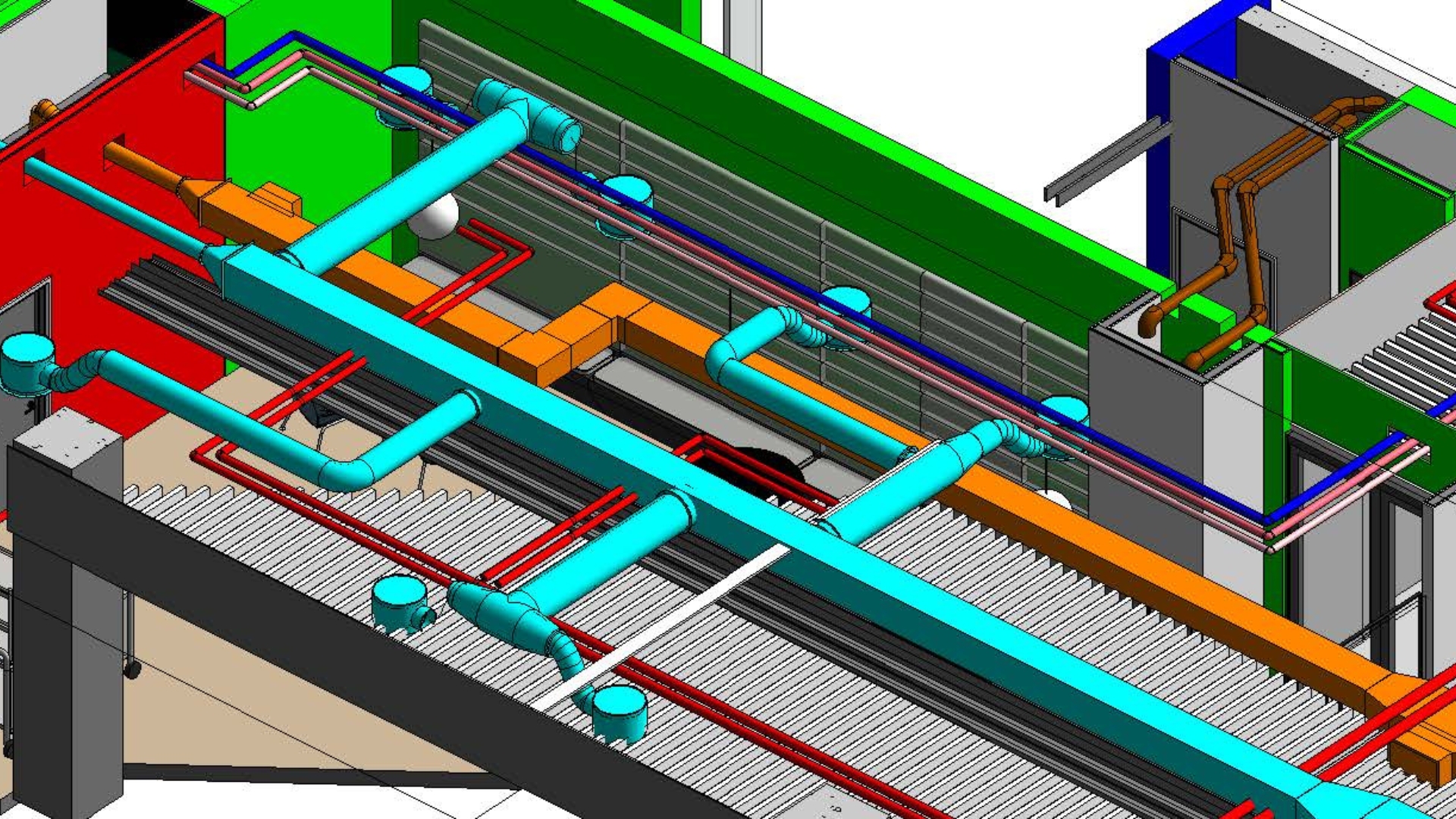Background story
In India when we hear about technology, we always associate private companies in adoption when compared to the public (govt) projects. We usually do not relate to public projects and technology together. While many of us live in this perception, the reality might change the popular thought.
Four years back we started Desapex to act as a technology catalyst in the construction industry keeping majorly private projects in focus. We passionately believed that private/real estate firms will be keen to use technology to their advantage. But reality hit us hard when in our first business meeting (while talking about BIM and the use of reality capture) a senior veteran in the industry asked if technology was available when they built the Taj Mahal. Out of respect to his experience, we did not argue much in the meeting and returned with a heavy heart.
But then when we researched facts about Taj Mahal’s construction, we realized that more than 20,000 people, thousands of elephants worked on the project and approximately 916 million was spent in today’s terms. Moreover, it took 20 long years and the lives of many workers to complete the entire project. No project manager will get this kind of time or budget to complete even for a project multiple times the size of the Taj Mahal.
We cannot deny that today’s projects have limited resources, complex designs, and a demanding business to support. Certainty in time/budget it is highly impossible without some technology help.










.png)
